Hollywood’s Super Summer
May 4, 2013 in Daily Bulletin
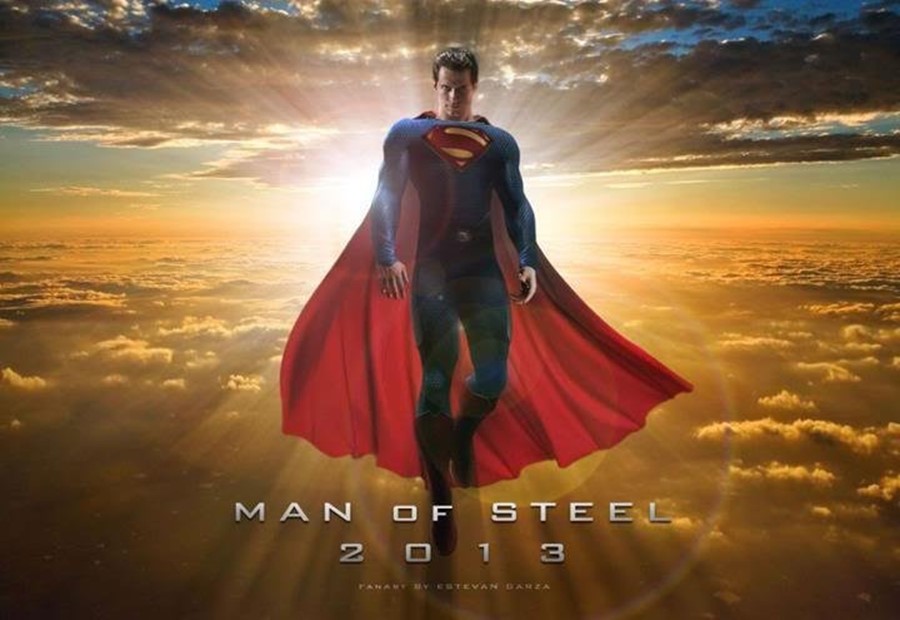
22 scrappy contenders are going to be involved in a no-holds, anything-goes brawl to try to breathe some life into a dying industry by convincing movie-goers to visit the theaters writes Ben Fritz. We look forward to seeing the movie adaption:
- Compared to the previous four summers, this summer 50% more big-budget movie productions are going to be released.
- The supply is surging despite the fact that American box-office receipts have been down 12%.
- Ten of the 22 aren’t sequels, spinoffs or reboots – and these types of movies generally do worse at the box office.
- Certain movies are going to directly compete with one another. In the animated category Despicable Me 2 will go up against Monster’s University, while The Hangover Part III will compete with Fast and Furious for the ‘young men’ segment of the market.
- The battle begins with the release of Iron Man 3 this week. Other upcoming movies include Man of Steel, Star Trek, World War Z, Pacific Rim, and The Lone Ranger.
Read more about the importance of ‘hold’ in the industry, the movies that will be premiering in the same week, and what studio executives have to say over here.
Source: The Wall Street Journal

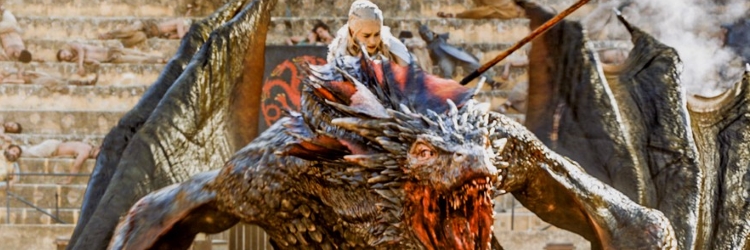







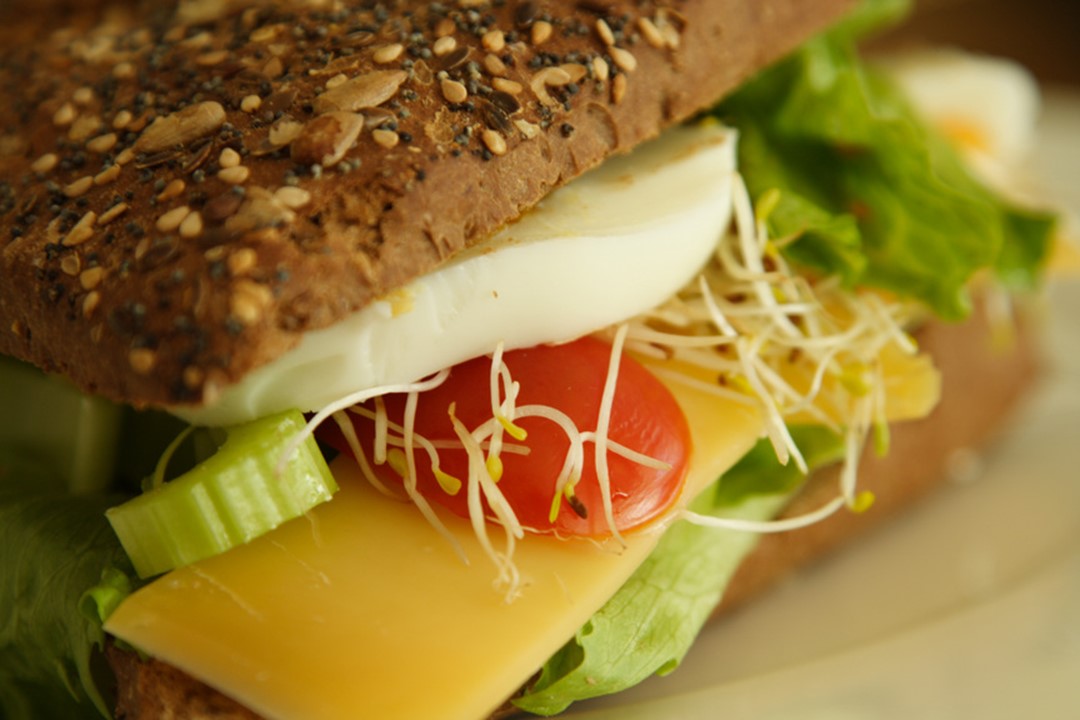



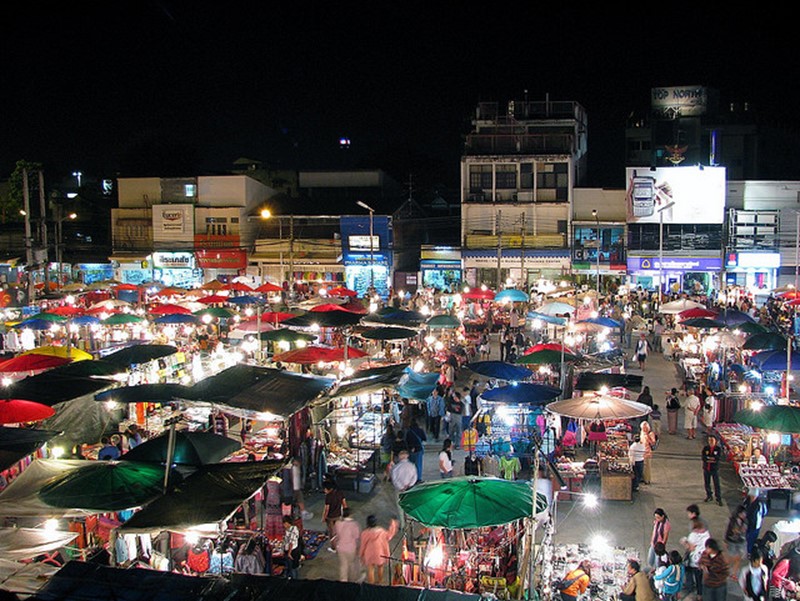
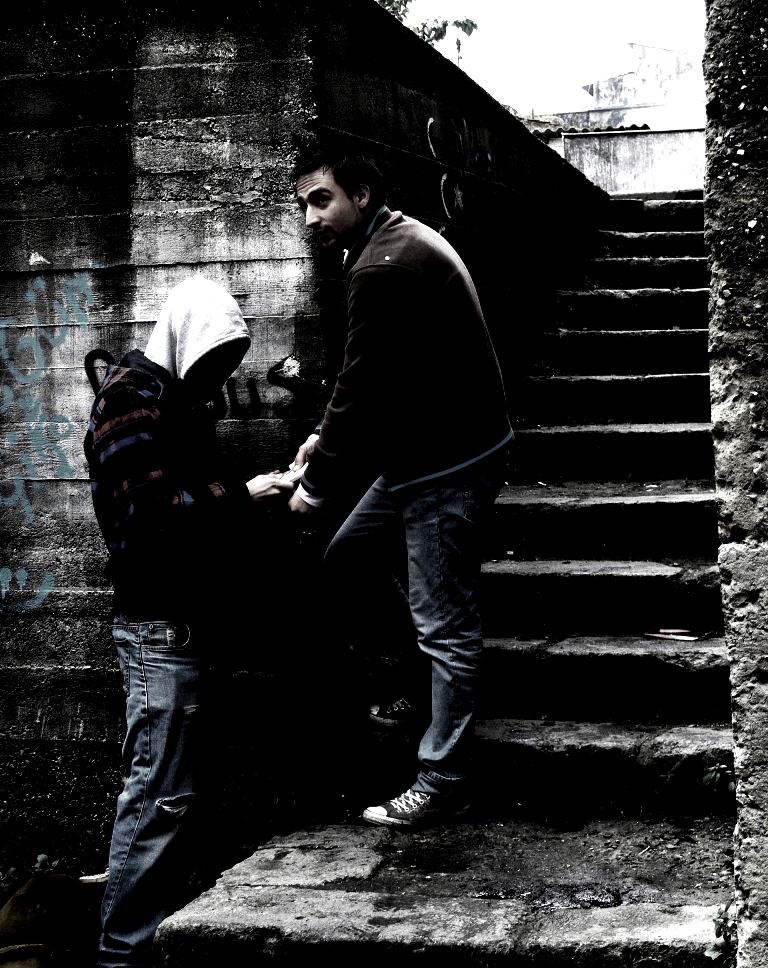
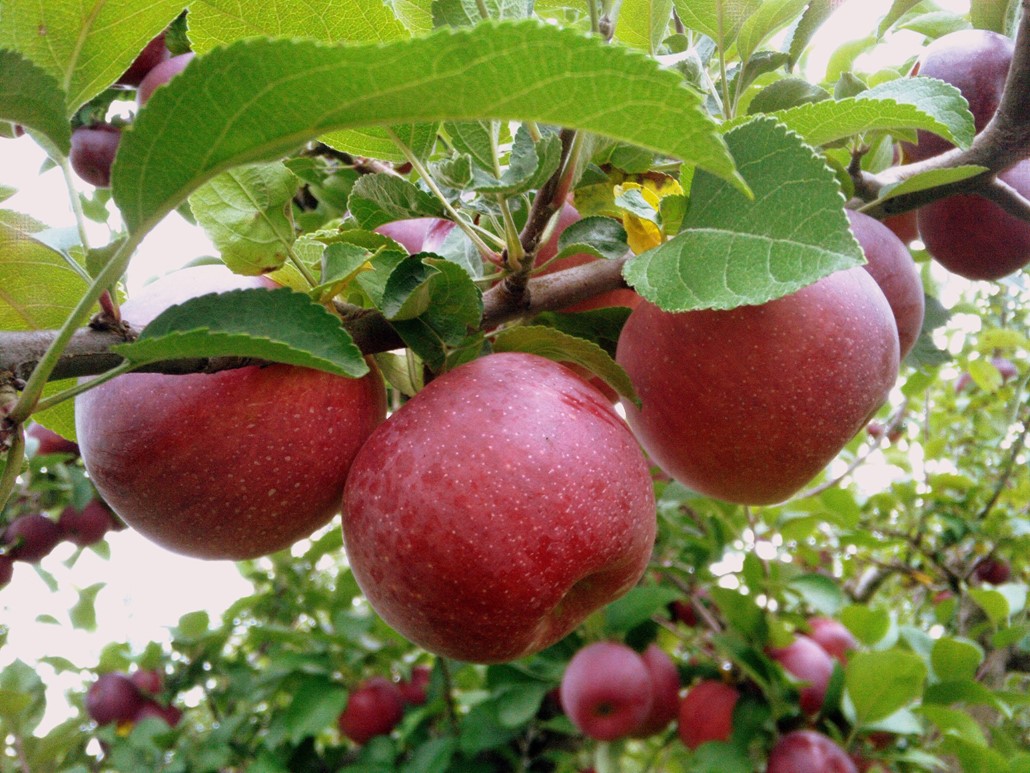

Join the Discussion! (No Signup Required)